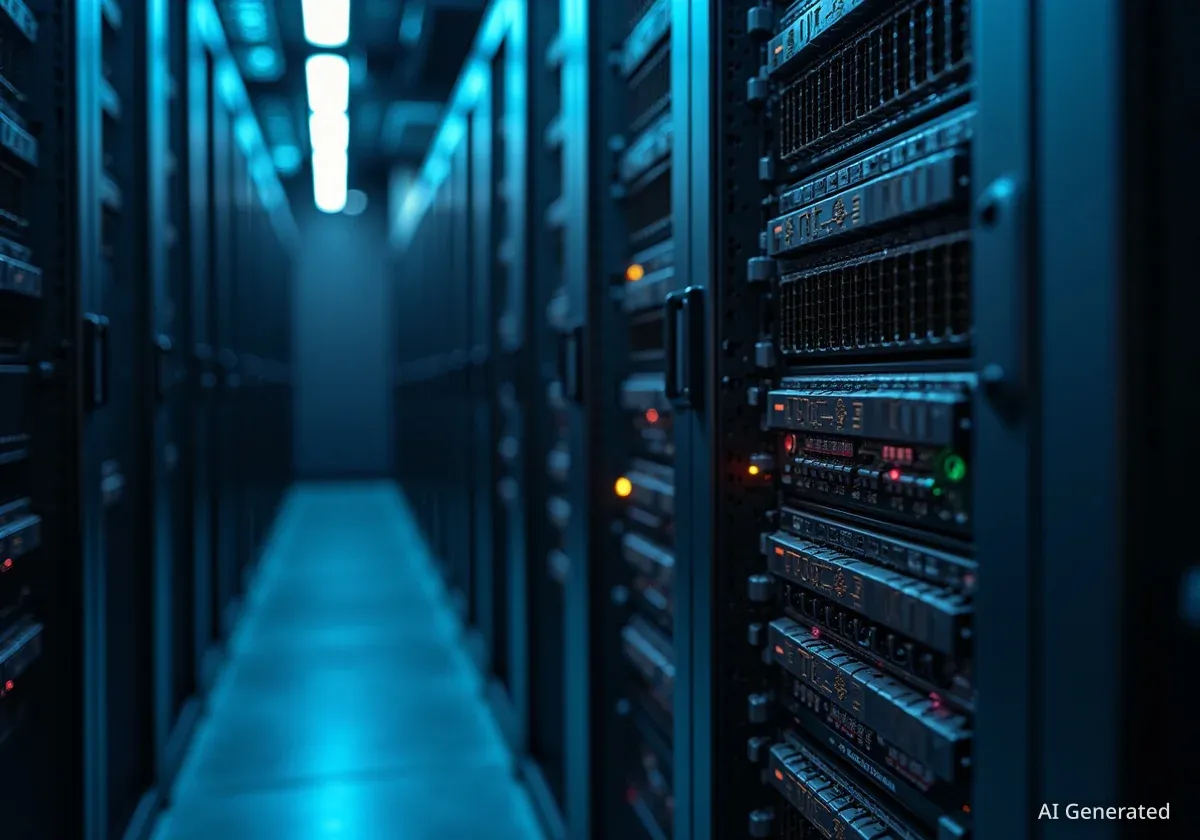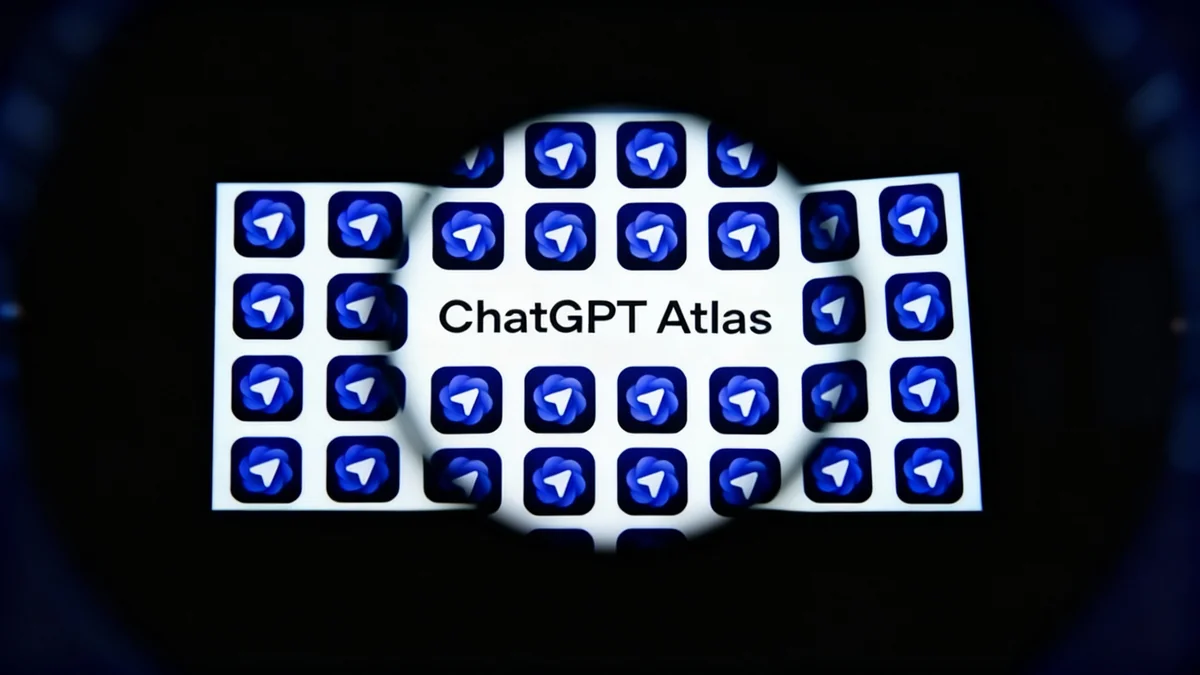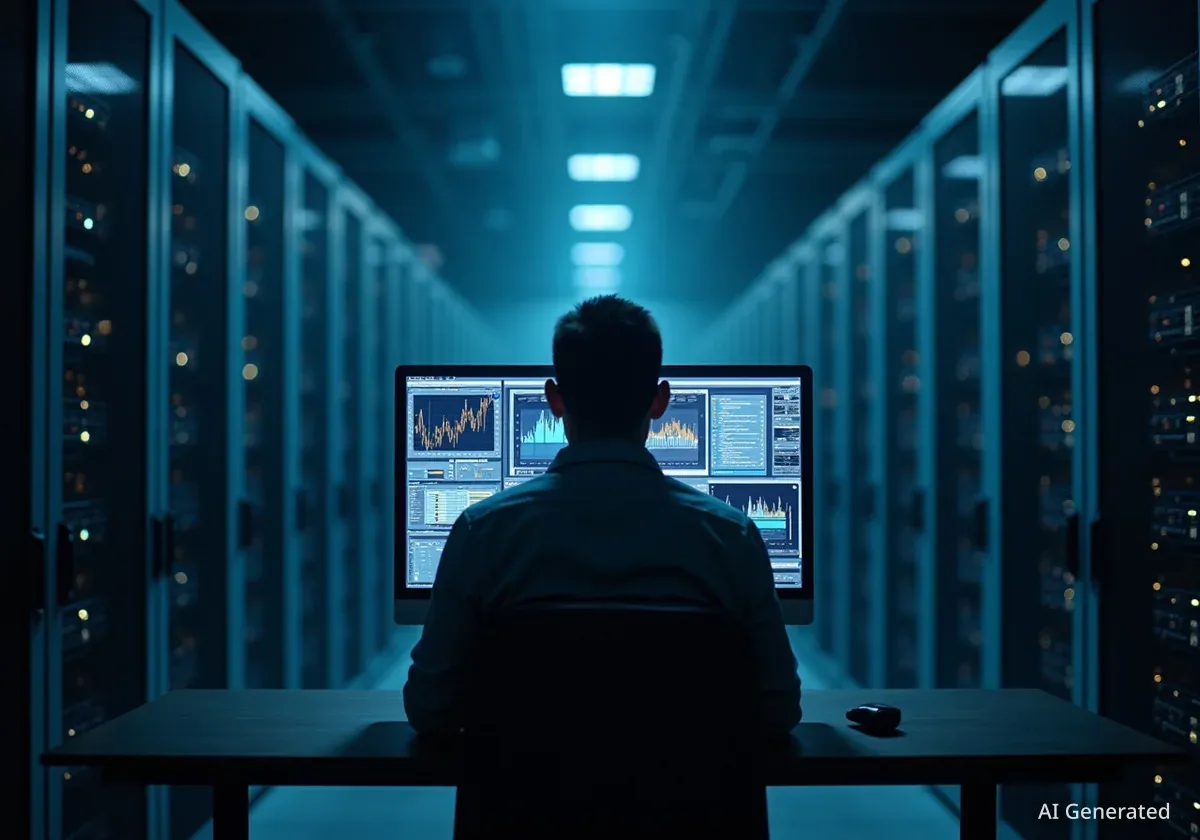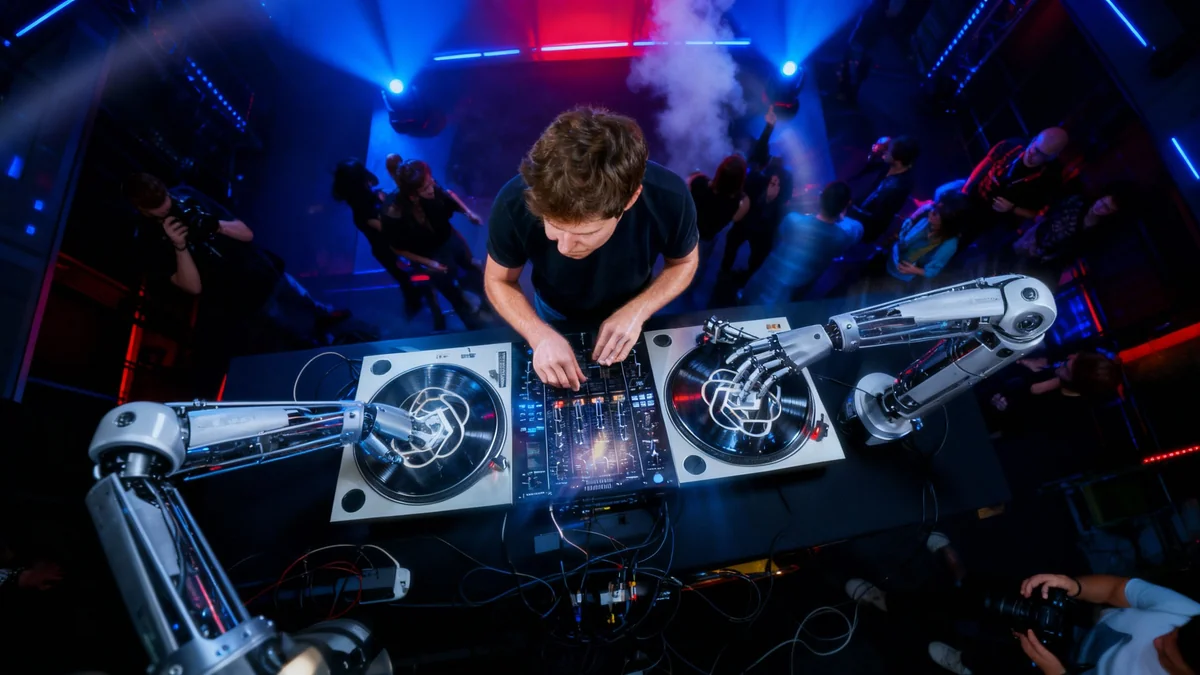Tesla has provided a detailed look into its artificial intelligence strategy, outlining a new generation of in-house hardware and a unique approach to training its autonomous driving systems. Company executives also confirmed that a new driving mode is under review by safety regulators and hinted at a renewed focus on its solar energy products.
Key Takeaways
- Tesla's next-generation 'AI5' chip is described as being up to 40 times more powerful than its predecessor.
- The company's self-driving AI uses an "end-to-end" neural network trained on vast amounts of real-world driving data.
- The National Highway Traffic Safety Administration (NHTSA) is seeking more information about Tesla's new aggressive "Mad Max" driving profile.
- Production of a new residential solar panel has begun at Tesla's factory in Buffalo, New York, with shipments starting in Q1 2026.
A New Approach to Self-Driving AI
Tesla's Vice President of AI and Autopilot, Ashok Elluswamy, recently explained the company's distinct method for developing its Full Self-Driving (FSD) technology. He detailed an "end-to-end" system that integrates perception, planning, and vehicle control into a single neural network.
This approach differs significantly from many competitors who use separate, modular systems for each task. According to Elluswamy, linking these functions allows the entire network to learn holistically from sensor inputs to vehicle actions, optimizing the entire process at once.
The core benefit, he explained, is the system's ability to learn nuanced, human-like judgments from the massive dataset it's trained on. Instead of being programmed with rigid rules, the AI learns to make subtle decisions, such as navigating around a puddle or determining the intent of an animal near the road.
"Self-driving cars are constantly subject to mini-trolley problems," Elluswamy stated. "By training on human data, the robots learn values that are aligned with what humans value."
The Data Powering the System
To train this complex network, Tesla relies on what Elluswamy called a "Niagara Falls of data" from its global fleet of vehicles. The company processes the equivalent of 500 years of driving data every single day. Specialized data pipelines are used to identify and curate the most valuable driving scenarios for training the AI, helping it improve continuously.
The AI5 Chip: A Generational Leap
During the company's recent Q3 2025 earnings call, CEO Elon Musk provided the first details on Tesla's next-generation AI hardware, the AI5 chip. He described the new processor as a significant advancement over the current AI4 chip used in its vehicles.
"By some metrics, the AI5 chip will be 40x better than the AI4 chip, not 40%, 40x," Musk announced during the call. He attributed the performance gains to a vertically integrated design process where Tesla controls both the hardware and software.
The chip's design has been streamlined by removing components like a traditional GPU, as their functions are now integrated directly into the AI5 architecture. Musk described the result as a "beautiful chip" that is highly efficient.
US-Based Manufacturing Strategy
To ensure a stable supply, Tesla will partner with two major semiconductor manufacturers for production, both located in the United States. Samsung in Texas and TSMC in Arizona will fabricate the AI5 chips.
Musk stated that the company's goal is to create an oversupply of the chips. Any surplus could be used in its data centers for AI training or in its Optimus humanoid robot project, supplementing its existing hardware from NVIDIA.
Did You Know? Musk emphasized that designing for a single customer—Tesla itself—gives the company a major advantage. It allows them to eliminate unnecessary complexity required by chipmakers like NVIDIA, who must serve a wide range of customers with different needs.
Real-World Features and Regulatory Oversight
As Tesla's software evolves, new features are being introduced to its FSD (Supervised) system. One recent addition, a speed profile called "Mad Max," has attracted the attention of federal regulators.
The mode, which replaced the previous "Hurry" setting, is designed for more aggressive driving behavior, with higher speeds and more frequent lane changes. The National Highway Traffic Safety Administration (NHTSA) has confirmed it is in contact with Tesla to gather more information on the new feature.
In a statement, the agency reminded drivers that "the human behind the wheel is fully responsible for driving the vehicle and complying with all traffic safety laws." Tesla offers several driving profiles, from the conservative "Sloth" mode to the more assertive "Mad Max," allowing drivers to select a style that matches their comfort level.
Expansion into Energy and Robotics
Tesla's technological ambitions extend well beyond its vehicles. The same core AI architecture powering its cars is intended to be the foundation for its Optimus humanoid robot.
Furthermore, the company is signaling a renewed push in its energy division. Michael Snyder, Tesla's Vice President of Energy Engineering, revealed that production of a new "residential solar panel" has started at its factory in Buffalo, New York.
Snyder described the new product as having "industry-leading aesthetics," fueling speculation that it could be a revitalized version of the long-awaited Solar Roof. Customer shipments are scheduled to begin in the first quarter of 2026. This comes as the company reports continued strong demand for its Megapack and Powerwall energy storage products.





